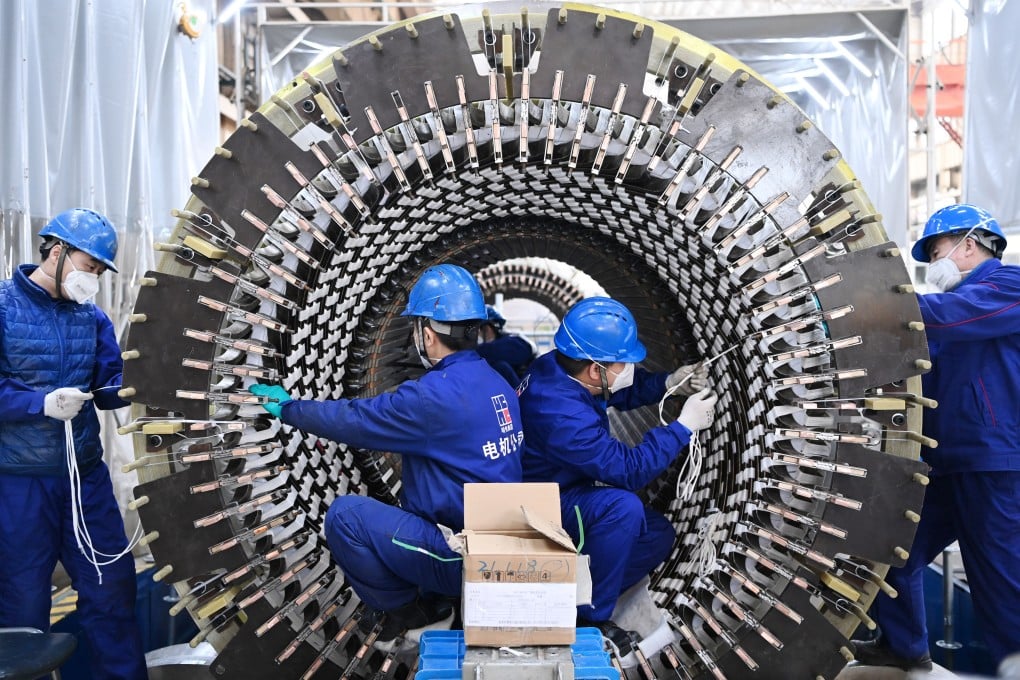The View | ‘Two sessions’ 2021: how China can fine-tune its dual circulation strategy to boost economic growth
- Beijing has yet to address the policy distortions that have led to a decade-long growth slowdown, amplified now by US decoupling measures
- It needs to find a balance in allocating public investment and between accessing technological expertise from abroad and developing capacities at home

China’s National People’s Congress meetings starting this week will formally endorse the 14th five-year plan. Progress during this period is likely to determine whether China will realise its longer-term ambitions for 2035 of becoming a prosperous nation and major innovative power.
China’s 2020 trade surplus increased by a quarter over the previous year and foreign reserves have hit a near-five-year high. For the whole of 2020, GDP grew 2.3 per cent, much better than the 4 per cent to 10 per cent declines for the US and euro-zone economies.
The link between investment and growth is captured in an indicator that economists refer to as the incremental capital-output ratio, which measures how many units of investment are needed to generate a unit of gross domestic product. Since 2005, that number has nearly doubled from 3.3 to over 6, a near halving in the productivity of investment.
